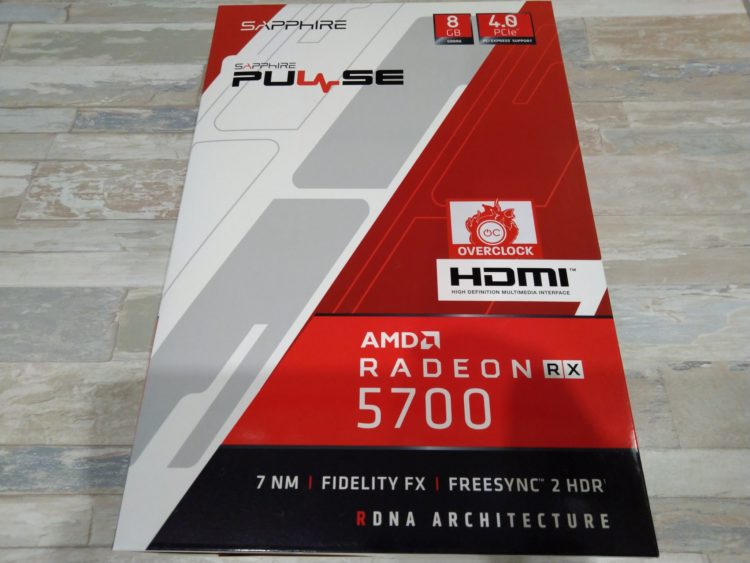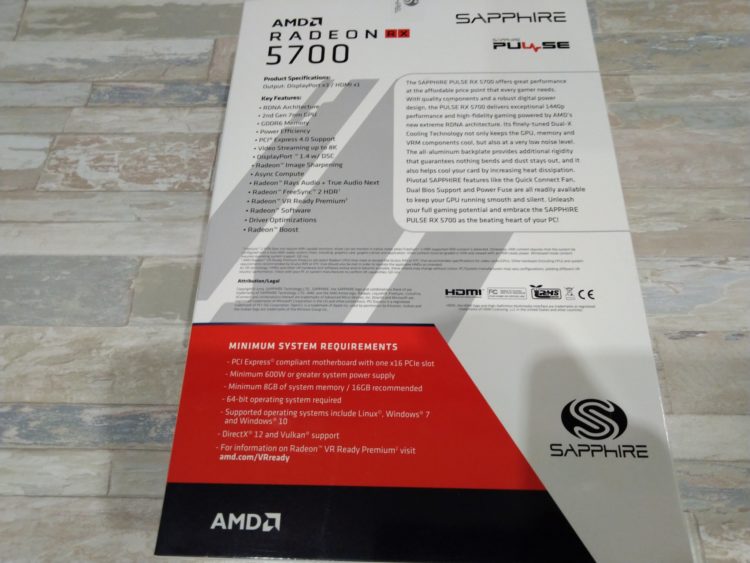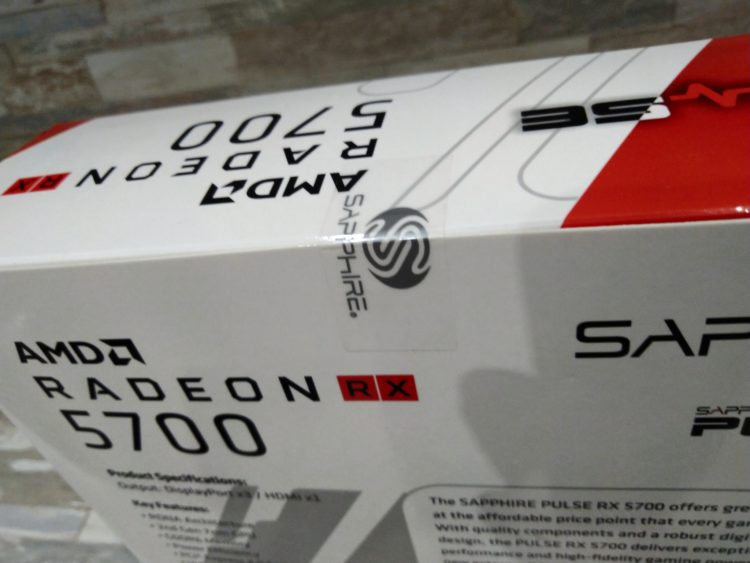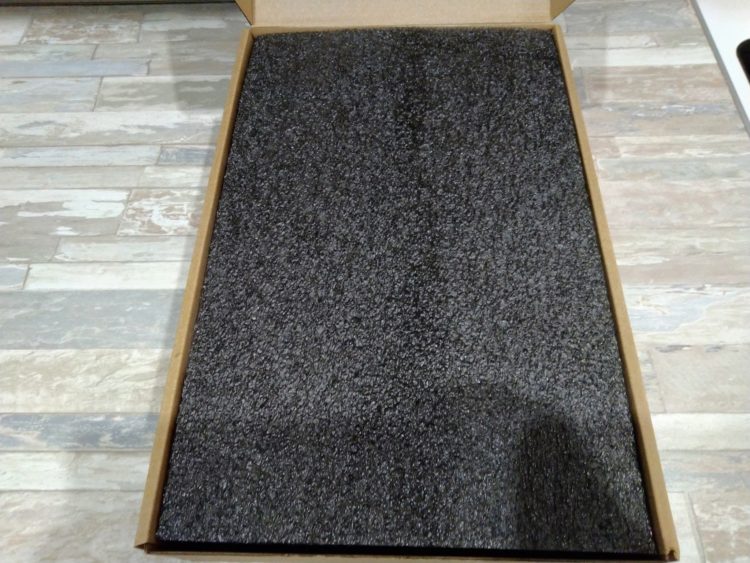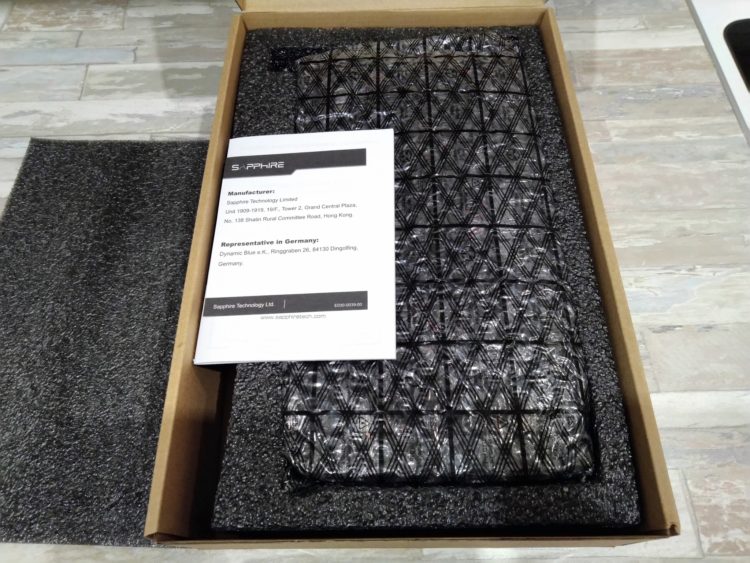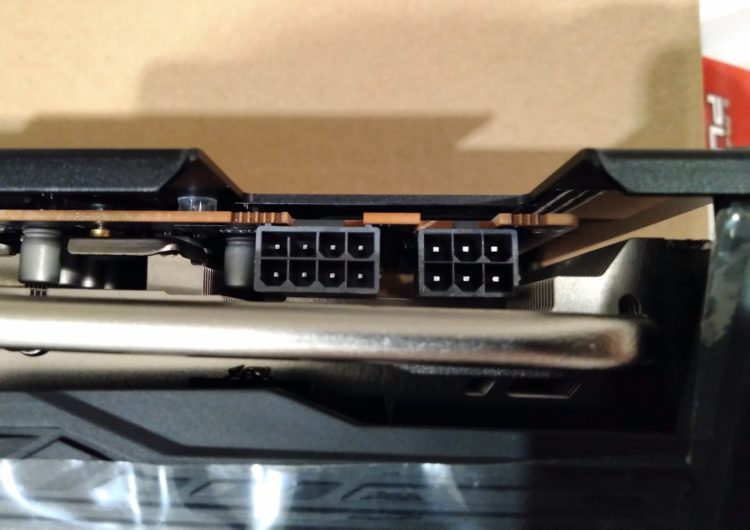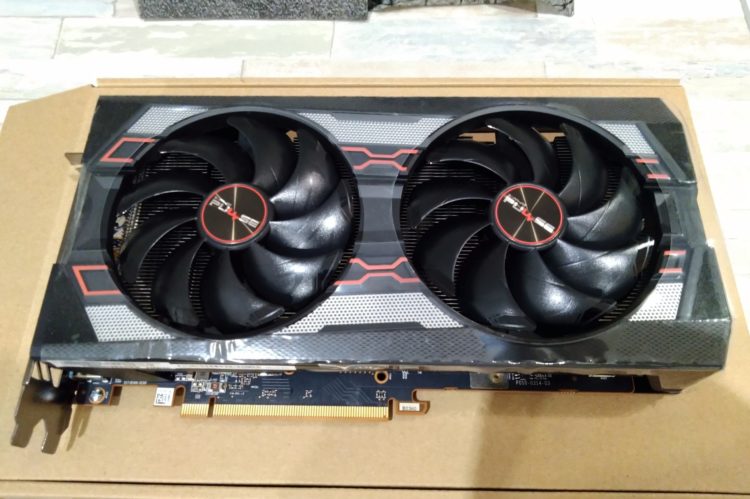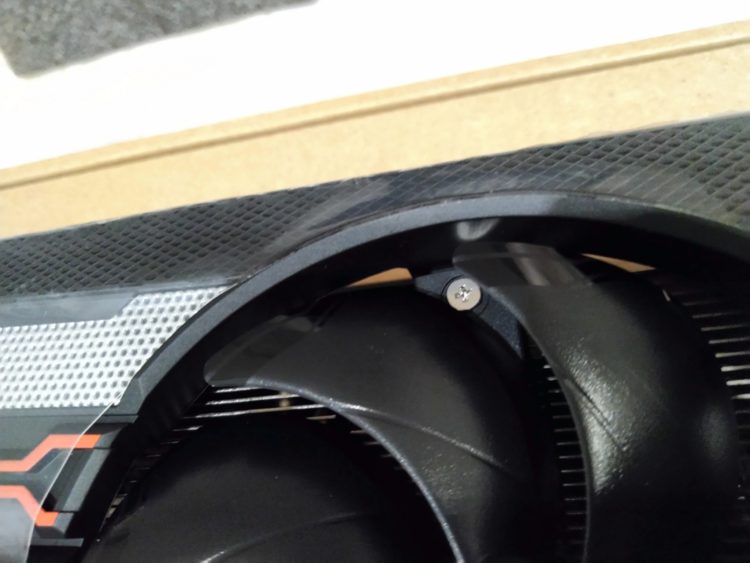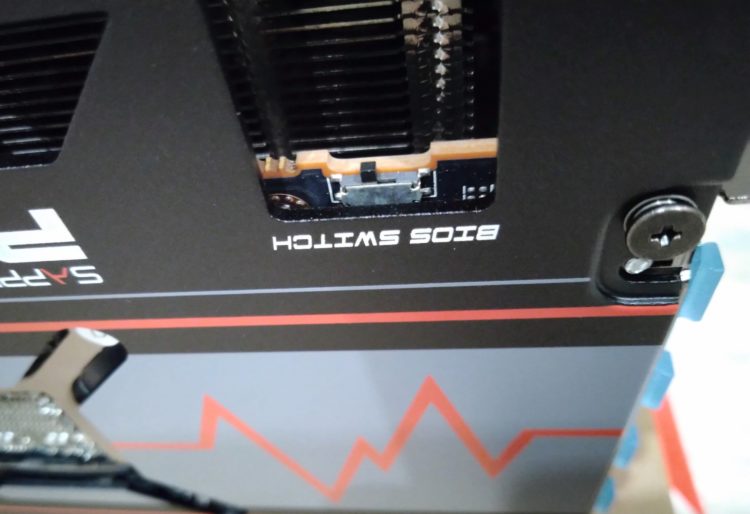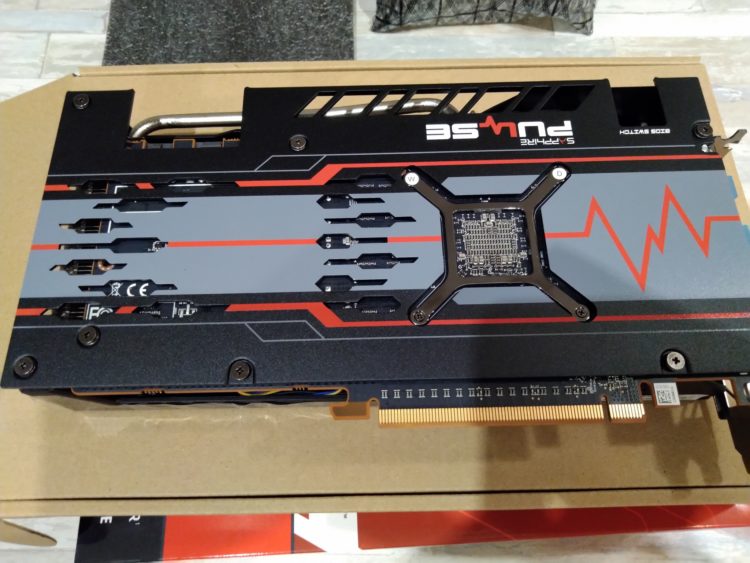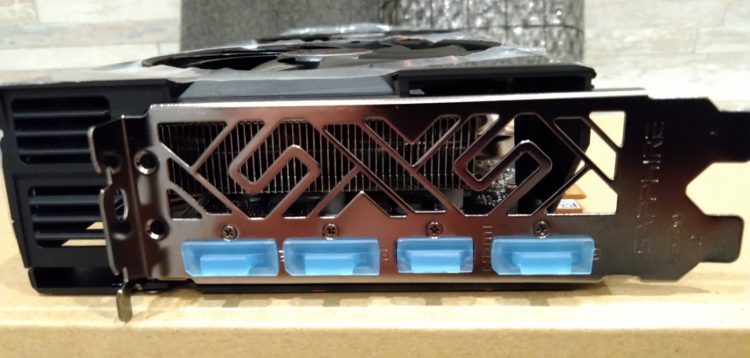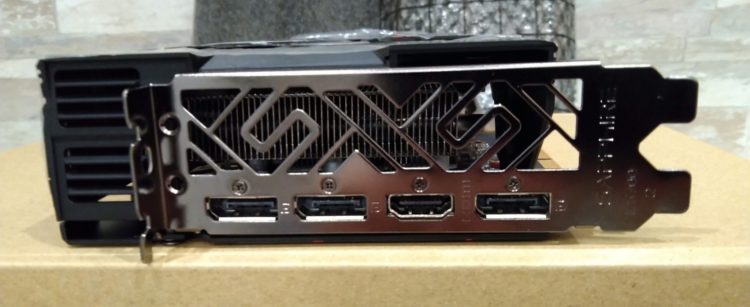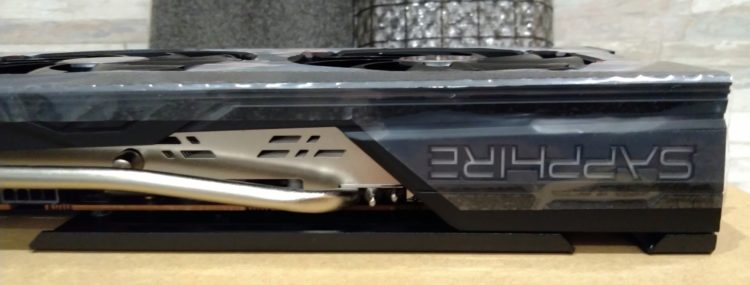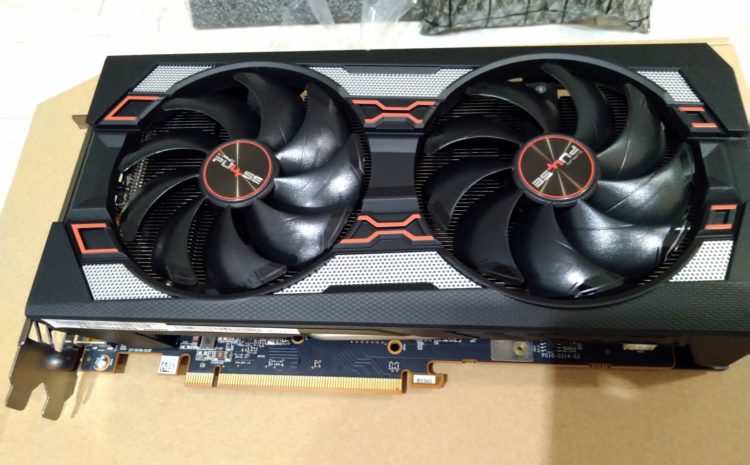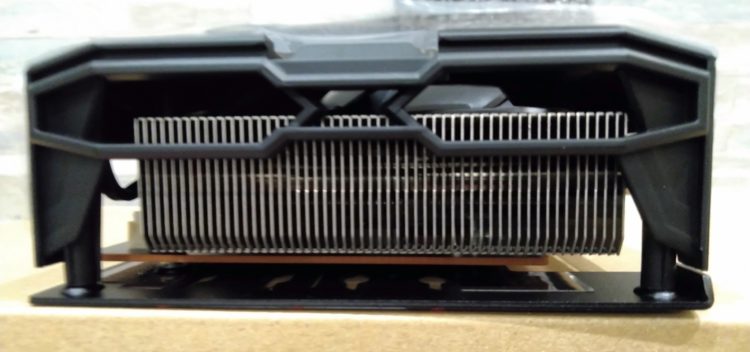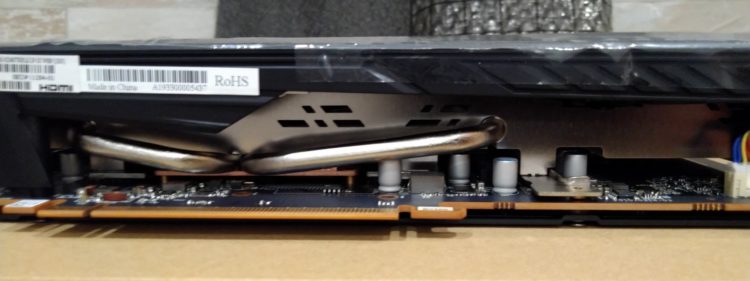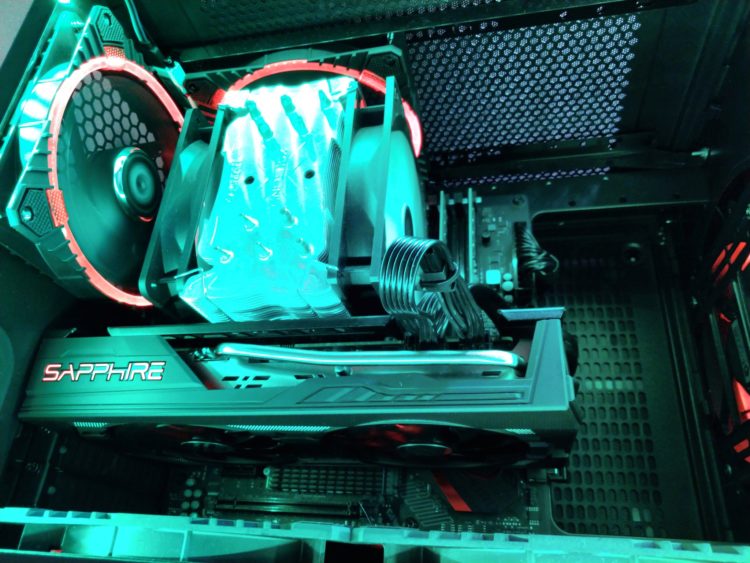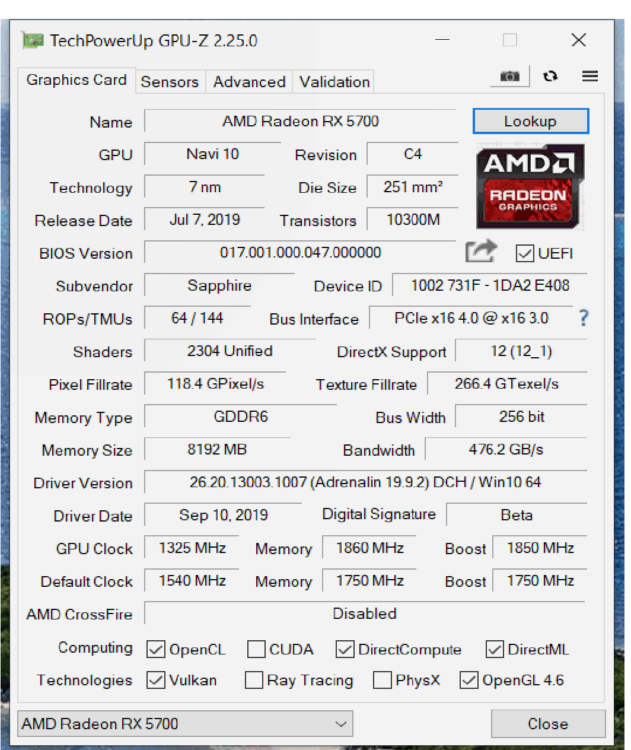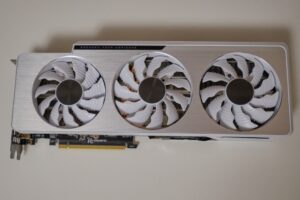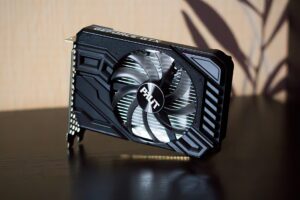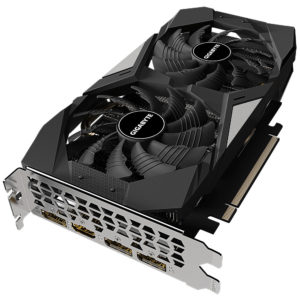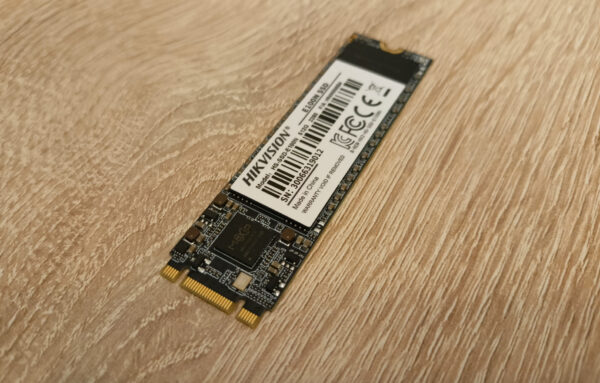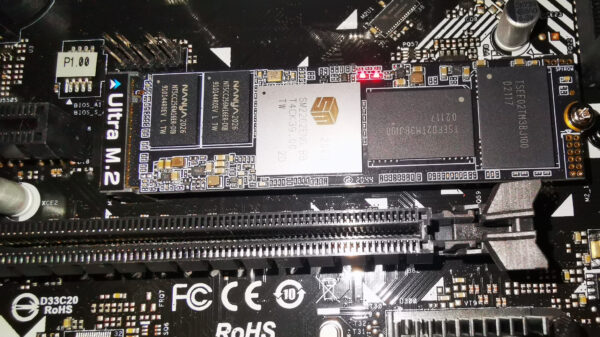Review on Sapphire Radeon RX 5700 8192Mb PULSE OC
4 min readIn the summer of 2019, AMD introduced its latest video cards in the RX 5700 and RX 5700XT series. These products belong to the Navi family and are built on the updated RDNA architecture, which has undergone numerous changes compared to the previous GCN architecture. This event was long-awaited and joyful, because the old architecture had exhausted itself for a long time and could no longer compete on equal terms with its rival in the person of Nvidia. The new GPUs are made according to the standards of 7 nm, which allowed us to hope for an increase in their performance. In addition, AMD was the first to use GDDR6 memory in its graphics cards. And for the first time on the video card market, it implemented support for the PCI Express 4.0 bus. In general, the number of changes is impressive! And so enthusiasts from around the world eagerly began to get acquainted with the new creations of AMD.
Sapphire is a longtime AMD partner and manufactures some of the best AMD video accelerators.
The Sapphire Radeon RX 5700 PULSE OC video card comes in a small black-white-red box, on the back of which there is a list of its main “advantages”.
There is an adhesive seal at the opening.
The device itself lies in an antistatic bag, which is located inside a protective cover made of foamed polyethylene. Completeness is the smallest – a video card and instructions.
To connect the auxiliary power wires, two 6 and 8 pin connectors are used. Claimed power consumption of 180 watts. Recommended power supply from 600 watts.
Before installing, remove the protective film from the video card. Dual fan cooling design.
Sapphire fans have an exclusive design. They are fastened with just one bolt and snap into the connector. They are easy to remove for replacement or for cleaning the radiator. No wires.
Bios video cards dual. There is also a switch between standard and quiet modes. In silent mode, the video card operates at slightly lower frequencies and with a lower level of published noise.
The reverse side is reinforced with a metal plate. There are two seals on the GPU mount. Without loss of warranty, replacing the thermal interface will not work. But if you are not going to interfere with the design of the device, then this is not necessary. Regular thermal grease does not cause complaints.
Video outputs are covered with plugs. There are three Display port and one HDMI outputs.
On the upper side there is a logo of the manufacturer, which glows in red.
The overall design of the card is quite attractive. Inserts on the front of the metal. Cooling design thought out. There are three nickel-plated heat pipes that are soldered to a copper plate in contact with the GPU crystal. Heat-removing memory plates and power zones are soldered to the edges of the main radiator. This is a great design solution.
Sapphire Radeon RX 5700 PULSE OC without the XT is the “youngest” video card. It has 2304 processing units and 8GB of video memory communicating with the GPU via the 256bit bus.
The operating frequencies of the GPU in the Radeon RX 5700 are lower than in the XT version. In this instance, the core frequency in Boost mode reaches 1750 MHz. But in the driver settings, in the Wattmen tab, it can be raised to 1850 MHz without much effort. There, if you wish, you can change the core voltage, increase the frequency of video memory, raise PowerLimit to + 20% and adjust the fan curve. I’ll note right away, as on video cards from Nvidia, in games the accelerator will work at a floating frequency. Here it is approximately 1700 MHz. Also, at the moment there are ways to unlock frequencies up to 2100 MHz. In real tasks and games, I got the following temperatures:
- maximum core temperature 73 degrees;
- maximum core temperature at the hottest point (Hotspot) 82 degrees;
- maximum memory temperature is 76 degrees;
- maximum temperature of the VRM zone is 62 degrees;
The results are good. Especially in comparison with reference design graphics cards, where temperatures sometimes reach 90-110 degrees.
An important point is the published noise level. In the variable load mode in games, the video card fans rotated at a maximum speed of 45% (approximately 1450 revolutions). At the same time, the noise from them merged with the general noise from other fans in the case. I would call such noise acceptable. But with a further increase in speed in rare instances up to 1800 (57%), the coolers started to make noise, causing discomfort. They were heard even in the headphones. Over 2100 (66%) rpm, I would call the noise level unacceptable and a nightmare for any domestic cat. But in nature there are no silent coolers at high speeds. Fortunately, cooler rpm went up above 45% just once, and therefore I would call the video card “quiet”. When the GPU temperature is less than 60 degrees, the fans stop. Therefore, when watching a video, surfing and other low loads the video card is silent. This, in fact, is what it is worth overpaying for when buying “non-reference” – not high temperatures, with a low noise level.
Regarding the performance of the 5700 series video cards, there are currently many reviews available on the network. According to my personal observations, it is at the level of the competing GTX 2060 super. In terms of price, AMD cards are currently winning.
What is the result? The release of new video cards from AMD is a landmark event, without exaggeration. The 7-nm process technology has reduced energy consumption, and the revised architecture has increased productivity to a competitive level, which made these video cards attractive in the middle segment, the most massive. The RX 5700 graphics card easily copes with games at ultra settings in FullHD mode and allows you to play at maximum settings in WQHD resolution with high fps.
The article is written on the basis of materials of this site.
